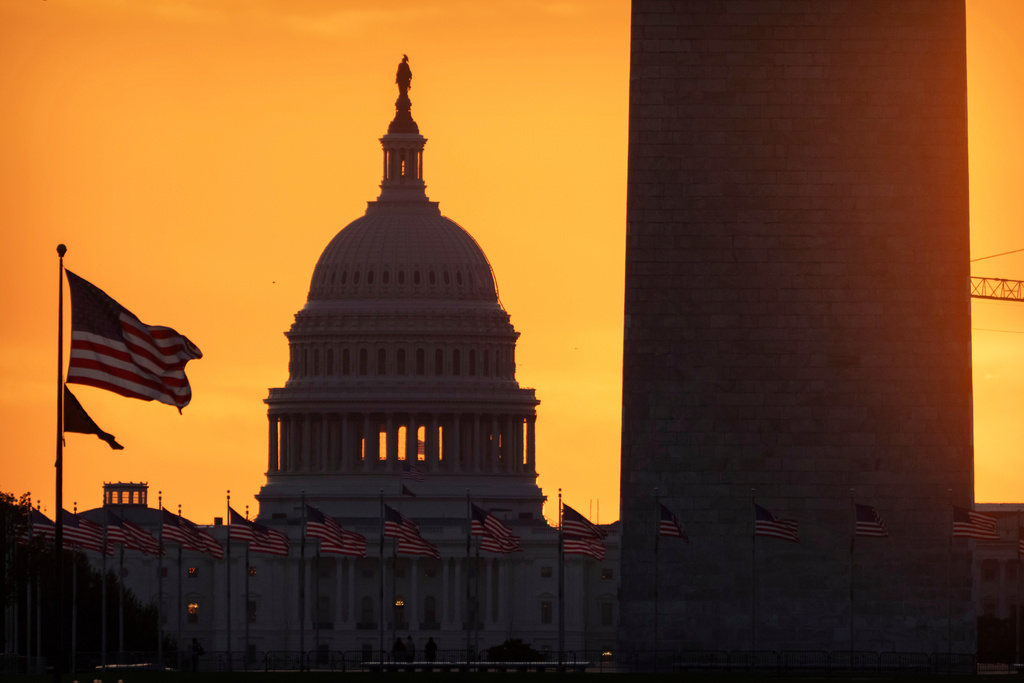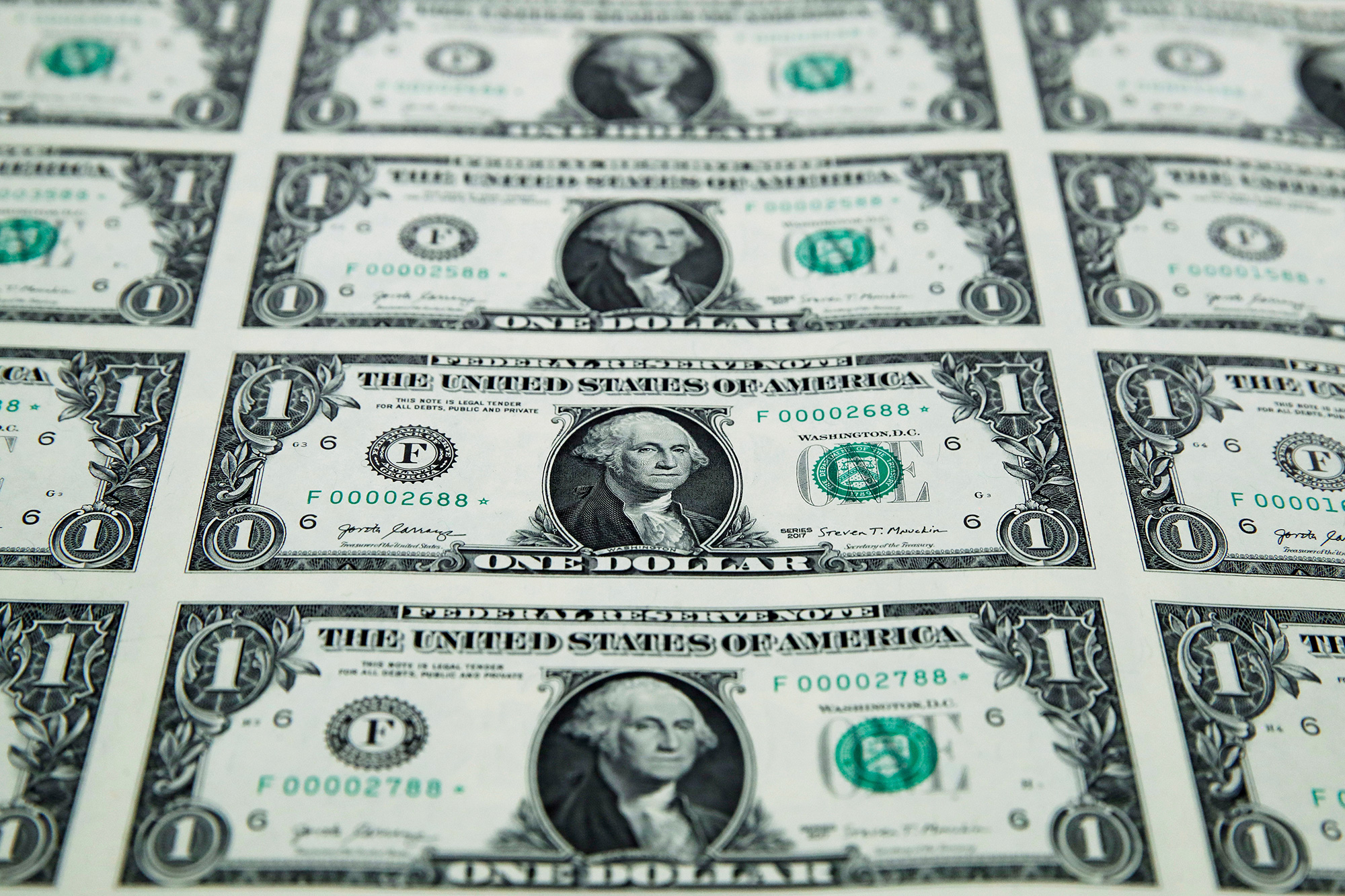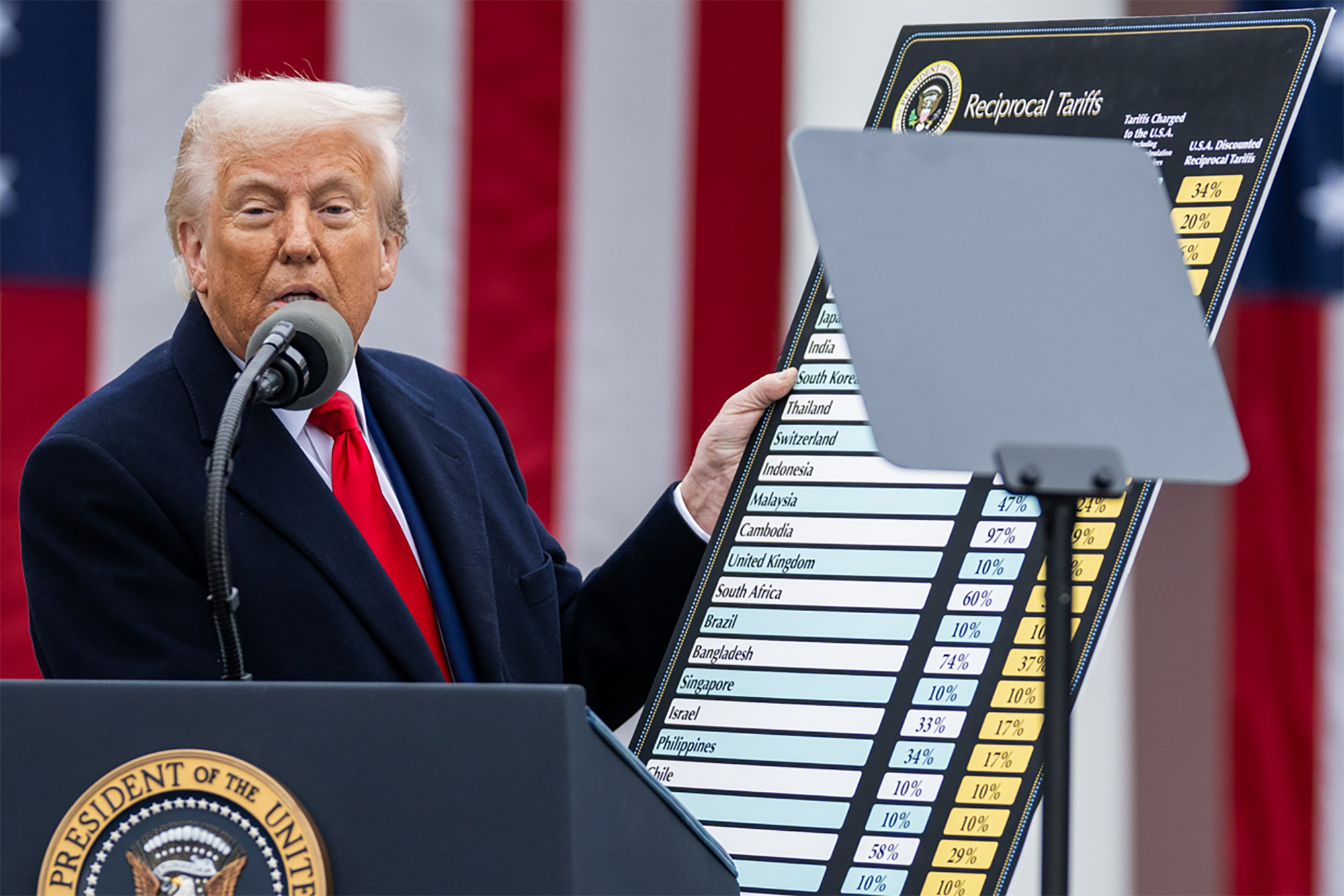On Monday, May 12, President Donald Trump signed an executive order setting a 30-day deadline for drugmakers to electively lower the cost of prescription drugs in the U.S. or face new limits down the road over what the government will pay.
The executive order calls on the Department of Health and Human Services to broker new price tags for drugs over the next month. If deals are not reached, Secretary Kennedy will be tasked with developing a new rule that ties the price the U.S. pays for medications to lower prices paid by other countries.
Don’t Miss Out: Get the latest updates – sign up for emails from No Labels.
It is unclear if the executive order applies only to Medicare and Medicaid and the impact it might have on the millions of Americans who have private health insurance.
With all things associated with economics, it is complicated. Here at No Labels, we like to look at the facts and the numbers.
1 in 3
The Kaiser Family Foundation reports that one in three American adults say that they haven’t taken a medicine as prescribed due to costs.
What remains to be seen is if an executive order from the President of the United States requesting pharmaceutical companies voluntarily lower the cost of their prescriptions, can be the solution.
8 in 10
The same Kaiser study found that eight in ten American adults said the cost of prescribed medications was unreasonable and that another eight in ten, across political party affiliation, say that drug company profits are a major contributing factor to prescription drug costs.
2.56 times higher
A 2021 Rand Corporation study found U.S. drug prices were 2.56 times higher than those in 32 comparable countries.
68.5 million
The Centers for Medicare and Medicaid (CMS) reports that 68.5 million Americans are enrolled in Medicare.
78.5 million
Medicaid.gov reports that in Dec. 2024, 78,532,341 people were enrolled in Medicaid and Children’s Health Insurance Programs (CHIP) in all 50 states.
2026
The Inflation Reduction Act of 2022 requires Medicare to negotiate the price it pays for a handful of prescription drugs starting in 2026. Before the law, Medicare paid what the drug companies charged.
$83 billion
The pharmaceutical industry spent $83 billion on research and development (R&D) in 2019, according to the Congressional Budget Office.
Israel and South Korea are the world’s leading spenders on R&D as a percentage of gross domestic product (GDP). In pure dollar terms, however, the United States is consistently the largest spender on R&D.
$1 billion to 3 billion
Companies are estimated to spend somewhere between $1 billion and $3 billion on average to bring a single new product to market.
12 percent
Developing new drugs is a costly and uncertain process, and many potential drugs never make it to market. Only about 12 percent of drugs entering clinical trials are ultimately approved for introduction by the Food and Drug Administration (FDA).
6 in 10
A Kaiser Family Foundation Health Tracking Poll published in 2023 found that six in ten American adults say that prescription drugs developed over the past 20 years have made the lives of people in the U.S. better.
38% return
In addition to providing medicines that enhance the quality of life of Americans, stocks in pharmaceutical companies are offering a return on investment for millions of Americans who have at least some portion of their retirement savings in mutual funds. Pharma and healthcare mutual funds topped the charts in 2024, delivering an average return of 38%, according to an Economic Times analysis.
U.S. pharmaceutical companies are delivering drugs and treatments that improve the lives of Americans. But are the costs of these innovations exorbitant? And can Washington lower prices for drugs without harming America’s ecosystem of medical innovation? These are the questions our leaders in Washington will need to reckon with in the months ahead.
Looking for the latest in your inbox? Sign up for emails from No Labels.
Related
Lynn Schmidt
Lynn Schmidt holds a bachelor of science in nursing from the University of North Carolina at Greensboro and a masters of science majoring in political science from the University of Nebraska-Omaha. She is a freelance columnist and editorial board member with the St. Louis Post-Dispatch and a monthly contributor to The Fulcrum. Lynn lives in St. Charles, Missouri with her husband and two daughters.




